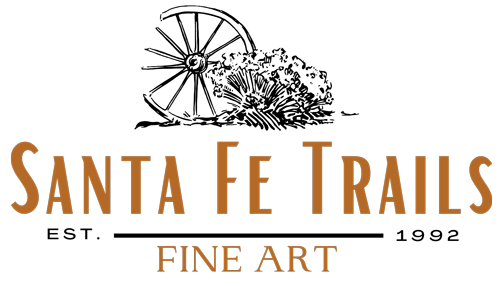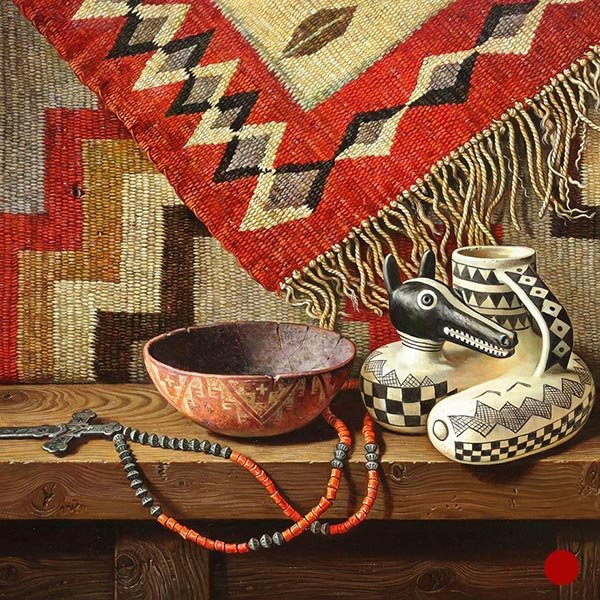Alexander Selytin
-
Alexander “Sasha” Selytin was born in the small Russian town of Zolotuchino. His father loved art and encouraged his son to pursue an artistic career. Selytin was fascinated with painting from an early age. He left his first masterpieces on fences, the walls of his parents’ apartment, and the pages of his schoolbooks. In 1978 he entered the Art School in Zeleznogorsk, Russia. After years of training he graduated with an art teacher’s diploma with honors. Beginning his professional career as a teacher, Selytin also worked for various institutions as a commissioned painter. He was then accepted to the most prestigious art school in Russia, The Academy of Fine Arts, entering at the top of his class in 1989. During this time, he had several paintings selected for student exhibitions in Moscow and New York. in 1990, Selytin moved to the western United States. He was motivated by the Native American culture and in his unique way he started working on related subjects. Still life images of Indian moccasins, Indian headdress and Anasazi pottery have been his main interest. Selytin’s work can be found in many private collections across the nation as well as the permanent collection of Springville Museum of Art and the Huntsman’s Medical Center.
Artwork
*click on each image to see more info
About Alexander Selytin
Alexander “Sasha” Selytin was born in the small Russian town of Zolotuchino. His father loved art and encouraged his son to pursue an artistic career. Selytin was fascinated with painting from an early age. He left his first masterpieces on fences, the walls of his parents’ apartment, and the pages of his schoolbooks. In 1978 he entered the Art School in Zeleznogorsk, Russia. After years of training he graduated with an art teacher’s diploma with honors. Beginning his professional career as a teacher, Selytin also worked for various institutions as a commissioned painter. He was then accepted to the most prestigious art school in Russia, The Academy of Fine Arts, entering at the top of his class in 1989. During this time, he had several paintings selected for student exhibitions in Moscow and New York. in 1990, Selytin moved to the western United States. He was motivated by the Native American culture and in his unique way he started working on related subjects. Still life images of Indian moccasins, Indian headdress and Anasazi pottery have been his main interest. Selytin’s work can be found in many private collections across the nation as well as the permanent collection of Springville Museum of Art and the Huntsman’s Medical Center.































